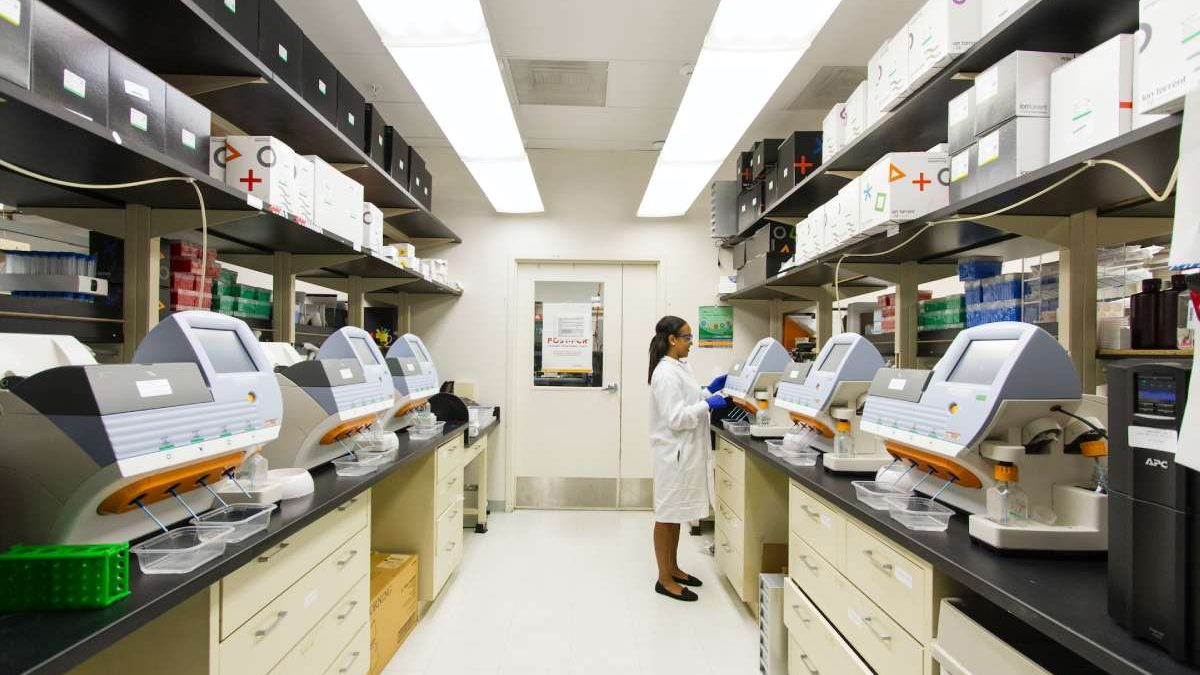Whole plasmid sequencing technology offers crucial insights into plasmids’ complete genetic makeup and functional elements in a short time. It allows for the comprehensive analysis of entire plasmid sequences, revealing structural details, gene content, and variations. That helps understand plasmid functions, evolutionary relationships, and their roles in various biological processes. The plasmid sequencing technology contributes significantly to advancing research in microbiology, biotechnology, genetics, and other scientific fields by providing in-depth insights into plasmid characteristics and functionalities.
Table of Contents
1. Plasmid Structural Analysis
Whole Plasmid Sequencing plays a pivotal role in plasmid structural analysis, offering an exhaustive perspective on structural elements within plasmids. The advanced technology facilitates a detailed exploration of plasmid architecture, unveiling repetitive sequences, insertion elements, rearrangements, and structural variations.
The insights on plasmid structure are fundamental in comprehending plasmid genomes’ intricate organization and complexities, which are pivotal for deciphering their functions, evolutionary trajectories, and roles across diverse biological contexts. By providing a comprehensive view, plasmid sequencing enhances structural analyses, contributing significantly to understanding plasmid dynamics and functionalities.
2. Unravels Functional Genomics
Whole Plasmid Sequencing is instrumental in exploring functional genomics, shedding light on plasmid functionalities by identifying and characterizing genes dictating diverse traits. The plasmid sequencing technology enables comprehensive gene annotation, uncovering functionalities like antibiotic resistance, virulence factors, metabolic pathways, and adaptive mechanisms encoded within plasmids.
The insights are pivotal in understanding the roles of plasmid genes in microbial communities, pathogenicity, environmental adaptations, and their broader implications in biotechnology and clinical settings. By unraveling functional elements and regulatory regions, plasmid sequencing significantly contributes to deciphering the biological roles of plasmids across various contexts. For example, applying functional genomics in personalized healthcare enables tailored treatments based on an individual’s genetic makeup.
3. Offers Evolutionary Insights
Whole Plasmid Sequencing offers invaluable insights into the evolutionary dynamics of plasmids. The advanced technique enables a comprehensive examination of plasmid genomes, unveiling critical details pivotal in understanding their evolution. It identifies evolutionary trends like genetic alterations, rearrangements, and acquisition of novel genetic elements.
Deciphering these evolutionary footprints aids in tracing the evolutionary history of plasmids, highlighting their adaptive mechanisms, genetic exchanges, and contributions to microbial diversity across ecological niches. Plasmid Sequencing thus serves as a fundamental tool in unraveling the evolutionary relationships and diversification patterns among different plasmid groups or strains, providing crucial insights into their evolutionary trajectories.
4. Clinical Insights
Plasmid sequencing holds critical importance in clinical research, particularly in understanding antibiotic resistance mechanisms, pathogenicity, and diagnostic and therapeutic development. It identifies and characterizes antibiotic resistance genes carried by plasmids, crucial for the surveillance of resistance mechanisms in clinical settings.
Also, it contributes to understanding the role of plasmids in bacterial pathogenesis and virulence, aiding disease diagnostics and treatment strategies. Furthermore, it supports the development of diagnostic tools for identifying specific plasmid-mediated infections and tracking their spread, offering immense potential for enhancing clinical interventions and patient care.
5. Choose the Right Genomics Technology for Quality Insights
As whole plasmid sequencing offers multifaceted insights crucial in advancing scientific frontiers and shaping the future of biomedicine and biotechnology, it becomes evident that the sequencing technology’s depth, accuracy, and efficiency play a pivotal role. Hence, identifying cutting-edge genomic technology capable of handling the intricate details within plasmids is crucial.
The genomic technology you select must offer fast results, high-throughput sequencing, precision in decoding plasmid functionalities, and structural complexities at an affordable rate. A reliable technology partner with state-of-the-art sequencing methodologies, such as the fusion of advanced genomic technologies with nanotechnology, ensures the robustness for in-depth plasmid analysis across various scientific and clinical domains.
Embrace Quality Focussed Plasmid Sequencing with Whole Plasmid Sequencing Tech
Plasmid sequencing is an indispensable tool, unraveling the multifaceted dimensions of plasmid biology and its implications across diverse scientific domains. Its wide-ranging significance spans from decoding evolutionary footprints and understanding structural intricacies to unraveling clinical insights crucial for diagnostics and therapeutics.
The technology’s far-reaching impact extends into revolutionizing genetic understanding, microbial ecology, and biotechnological advancements. However, partnering with a cutting-edge genomics firm harnessing the power of nanotechnology ensures the precision and depth required to explore the nuanced realms of plasmid biology, thereby advancing our understanding across scientific and clinical spheres.

